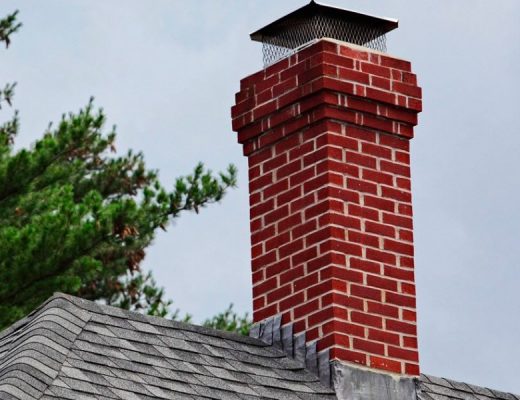The guitar is the last thing we can think about when speaking about mold. However, this musical instrument is rather predisposed to developing this stuff, especially if the guitar was not used (and what is even more important, was not maintained properly) for quite a long time.
Below I will try to tell you about how we can get rid of moldy traces to keep the instrument in a proper state longer.
Mold-Removing Tips For Guitars
Musical instruments seem to be the most unlikely places where mold might grow. Nevertheless, this sneaky stuff is able to appear and spread even there! And if you one day found your guitar spotted with the traces of mold, it’s quite natural to start a panic.
However, mold can successfully be removed from the musical instrument without causing any harm to the strings and the body of the guitar.
- Try out a mixture of aqua and bleaching agent in a 9:1 ratio where 9 parts are for water. This solution cleans the mold out quite well, but you have to keep in mind that no residue must be left after the procedure is finished since water is not a friendly liquid for the wooden instrument! Also, the surrounding area must be masked off.
To ensure the wood will not be left damp after treating it, apply the solution quickly, and don’t let it sit for too long. Also, treat the wood with some oil to push any liquid out.
- Another variant is to opt for ordinary vinegar since, unlike bleach, it kills any kind of mold. Ensure you leave the cleansed guitar exposed to fresh air in a well-ventilated space so that the scent of the acetum could vanish completely.
- To get rid of the moldy smell, the guitar owners recommend using ordinary baking soda. It is harmless to the wood and fights that odor successfully.
In case the guitar has any value as memory or it is rare, or expensive, I would recommend you visit the nearest guitar shop and ask for advice. As an option, feel free to get in touch with any guitar-fixing service online.
Why Mold Grows On a Guitar?
Indeed, we are used to seeing mold on foodstuffs but having it on a musical instrument seems something unusual and weird. However, there is nothing to be shocked with: mold starts developing on any surface if the conditions are appropriate.
As for a guitar, several factors may cause it getting moldy, and all the guitar owners must be aware of them:
- Moisture is one of the major risk factors. If the instrument has been exposed to moisture for quite a long time, the chance that you will spot mold inside is pretty high.
- Sweat is another enemy of the instrument. The sweat and grease that remains on the fretboard after playing the instrument tend to collect dust and push the mold growth.
- High humidity in a room where the guitar is stored. That’s all clear about it, I suppose.
To keep the instrument safe from those threats, wipe it after each use to delete the sweaty and dirty marks, and pay special attention to the strings and the area around them.
Also, clean your hands before playing to remove the sweat from the fingers and palms.
Make the space where you keep the instrument safe for it: make use of a dehumidifier and leave a couple of silica gel bags in a guitar cover to absorb moisture.
These simple precautious measures will help to keep the instrument safe and well-working.



